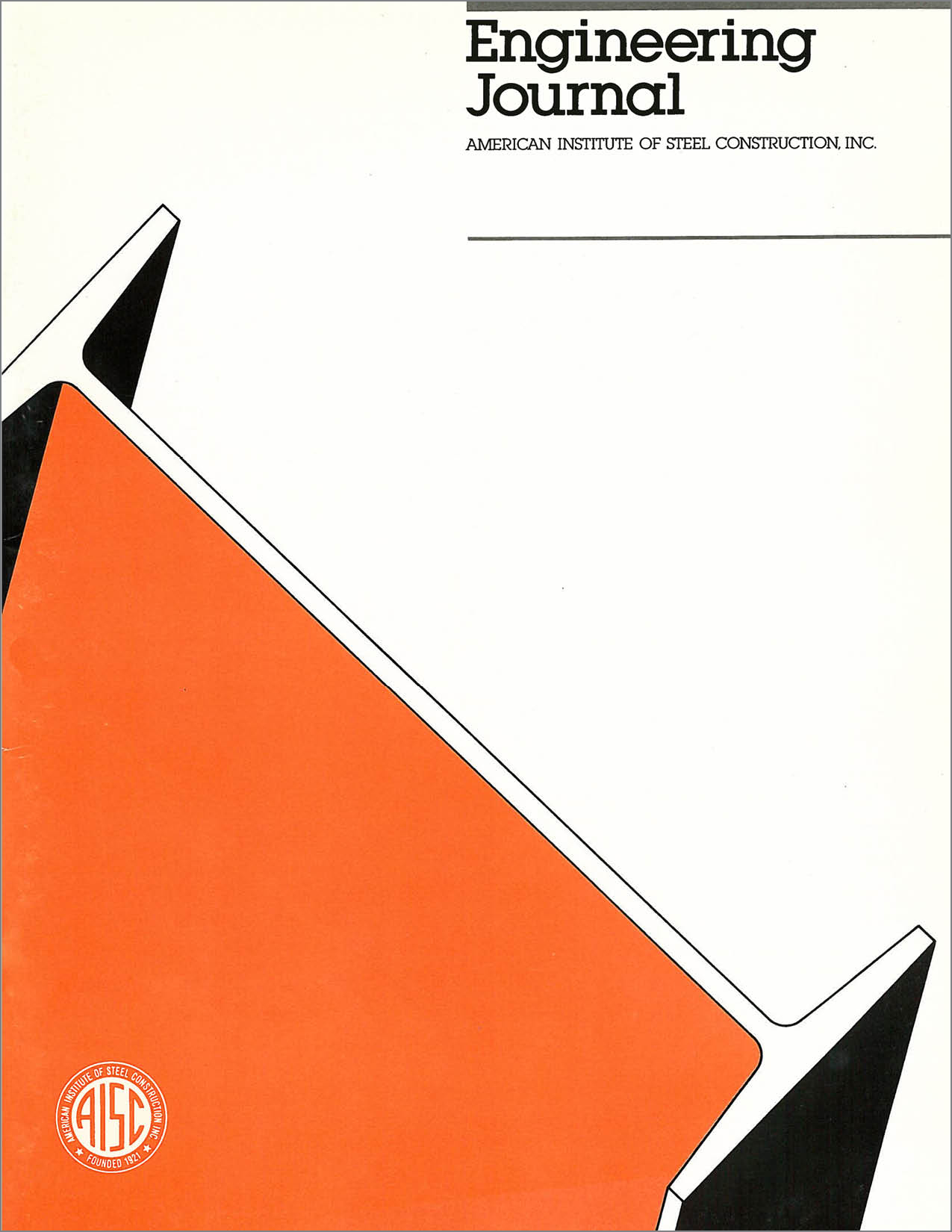An Equivalent Radius of Gyration Approach to Flexural-Torsional Buckling for Singly Symmetric Sections
DOI:
https://doi.org/10.62913/engj.v29i1.582Abstract
Flexural-torsional buckling of compression members must now be considered when designing under all AISC specifications, i.e., Load and Resistance Factor Design (LRFD) and Allowable Stress Design (ASD). Many practicing structural engineers are probably somewhat unfamiliar with the basic flexural-torsional buckling theory and its meaning and application in the design environment. Zahn and Iwankiw have presented an overview on this topic as a means of providing a practical understanding of this strength limit state. Furthermore, the presentation of this new dimension to novice design students not only poses a similar dilemma, but is compounded by the fact that more and more material must be crammed into an already crowded initial course of steel design. It would seem reasonable that an attempt should be made to find a way of introducing this additional buckling mode to both students and practicing designers that would not only be comprehensive in nature, but easy to apply in the design arena. This could be accomplished by using the concept of an equivalent radius of gyration which has been utilized for many years and in a variety of design formats. Thus, if an equivalent radius of gyration could be easily established for flexural-torsional buckling, that radius could be used along with the other applicable radii of gyration to establish the minimum tangent-modulus Euler load that would produce the governing critical buckling load. Such a concept could be easily explained and applied and, thus, provides the basis for this paper.

